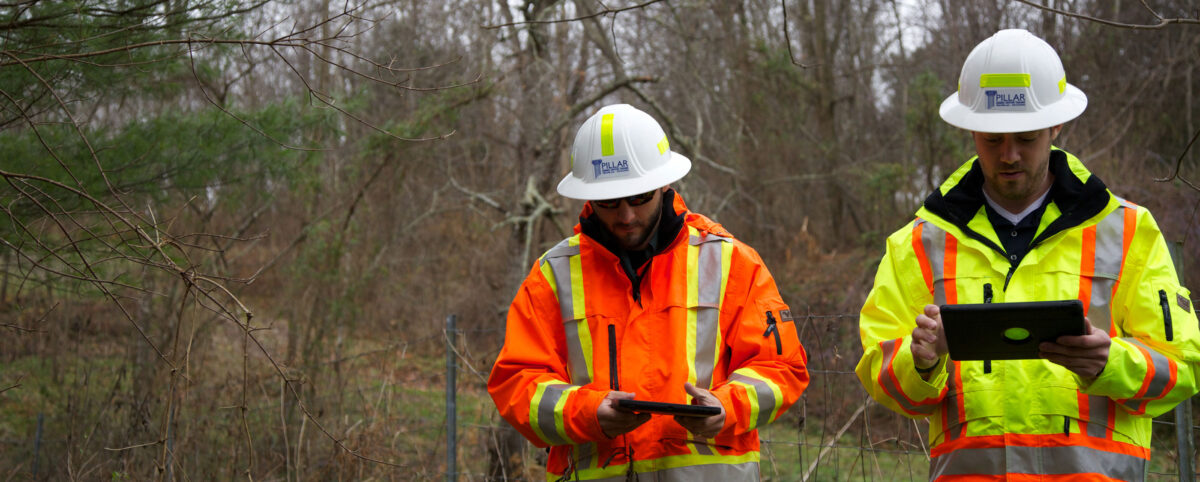Last month I attended the 12th TRB Asset Management Conference (my third) and the 2018 AASHTO Committee On Maintenance Annual Meeting (my fifth).
While both conferences were about Asset Management, the focus of each was on two different planes. The TRB Conference focused more on strategic issues (i.e. risk, resiliency, sustainability) and the AASHTO Conference focused more on tactical issues (i.e. equipment, materials, technology, regulations). Asset Management has gone through a significant evolution from a tactical focus on operations and roadside maintenance to a powerful strategic management tool that enables agencies to better plan, manage and execute to maximize results and be more cost efficient.
The Evolution of Asset Management
In its infancy, Asset Management was more tactical, defined by how an agency’s operations and maintenance (O&M) staff managed the maintenance and upgrading of its physical roadside assets.
Over time, Asset Management has become more strategic – utilizing business and engineering practices and processes strategically and systematically to operate, maintain, and upgrade all assets by maximizing resource allocations. Ideally, this is conducted through decisions based on quality information and well-defined objectives throughout the agency.
Knowing How to Maximize Results
The maturation of Asset Management – along with other factors such as aging infrastructure, decreased budgets, higher accountability, and workforce attrition – has resulted in a fundamental shift in operations.
Agencies need to know and examine what they have (collect and condition assess assets) and what they can do with their money, people, equipment, and contracts (analyze and prioritize) to create a plan which maximizes results and comes closer to achieving their objectives.
Importance of Strategic Planning
No longer is Asset Management defined as O&M field personnel managing roadside items, but as a business practice for an agency to manage its entire asset collection (people, materials, equipment, and contracts).
Subsequently, strategic planning at a higher organizational level is becoming the more dominant and prominent feature of Asset Management. If not managed properly, this can cause a gap within an agency between the planners (office) and operators (field) placing each on different planes.
PILLAR Bridges the Planner-Operator Gap
Planners rely on the field data to model and develop the objectives. O&M field personnel rely on the same data to review, manage, locate, and execute the work to meet objectives. Therefore, Asset Management and Maintenance Operations are interconnected through quality field data. Planners and operators need to work with and understand each other and how to use the data to become coplanar. One cannot be subservient to the other.
This is where PILLAR can help. Our staff of professionals have been involved with Asset Management from its infancy and with Maintenance Operations for many decades. We understand the pitfalls and challenges faced by agencies developing and implementing their asset management plans.
PILLAR can and has helped gather the data utilized in developing and executing well-defined objectives. We collect, assess, analyze, and prioritize data through a variety of means and methods – enabling agencies to transition and mature with their Asset Management program.
We bridge the gap between planners and operators by combining our engineering background with our practical field experience. This translation not only advances but also strengthens an agency’s interconnection between planners and operators.
Contact us to discuss how we can strengthen your agency.

